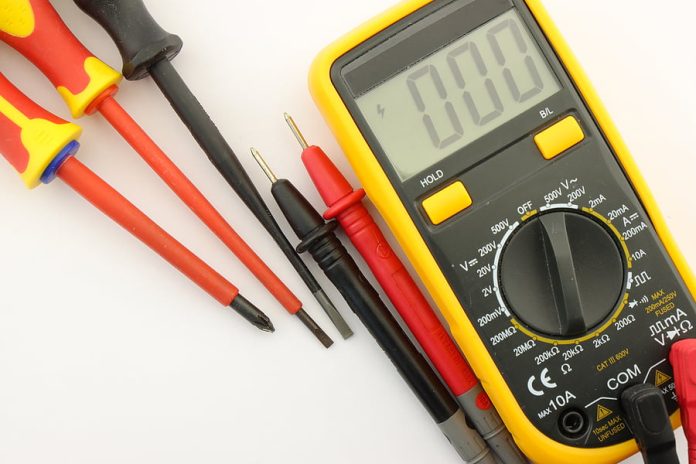Multimeter Safety & Accuracy
♦ Multimeter Safety & Accuracy – Are there any basic rules or guidelines that would enhance the safety and accuracy of techs using multimeters across a range of applications?
A: In terms of accuracy, perhaps the biggest error installers make is changing current sensor to voltage or resistance sensing and not shifting the test leads. Those jacks aren’t there for their good looks and if you get this wrong the DMM’s readings will be in error. Test probes should be clean, jack fittings should be firm, LCD displays should be functional and batteries fresh.
As far as safety is concerned, techs must ensure they never exceed a meter’s rated input voltages and earth grounds. They should avoid using meters with stripped or damaged leads or apply open terminations to test probes. They should avoid testing resistance in a circuit that is powered. Techs must not apply test probes to a voltage source when their test lead is in the 10A or 300mA input jack.
Techs must ensure test leads and switch selection are correct for the measurement they expect to make. It’s a mistake to employ a DMM on circuits greater that 4800 watts. Electronic security techs who are used to working in the safety and comfort of 12V circuits (and who are appropriately qualified) should be aware that from 60V DC or 30V AC electric shocks can cause fatal heart arrhythmias.
Stay alert – keep fingers behind guards that are checked for integrity and replace DMM batteries as soon as indicated. Check DMM fuses and replace these inside the recommended period. Obviously DMMs are safe when used within their design parameters, but they do constitute an electrical pathway techs should never become part of.
#SEN #SENnews #security #electronics











